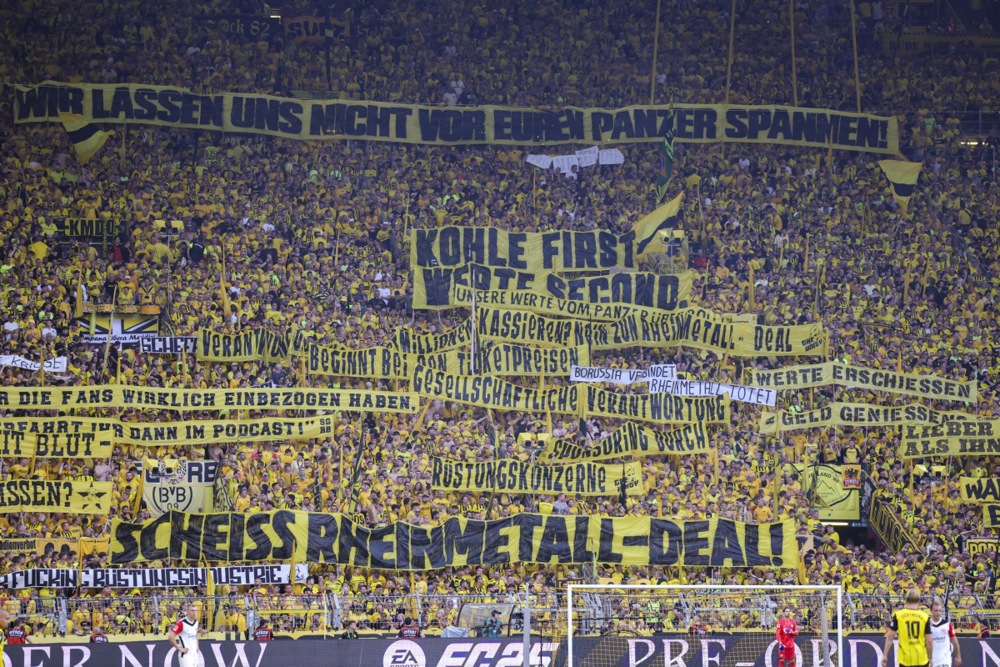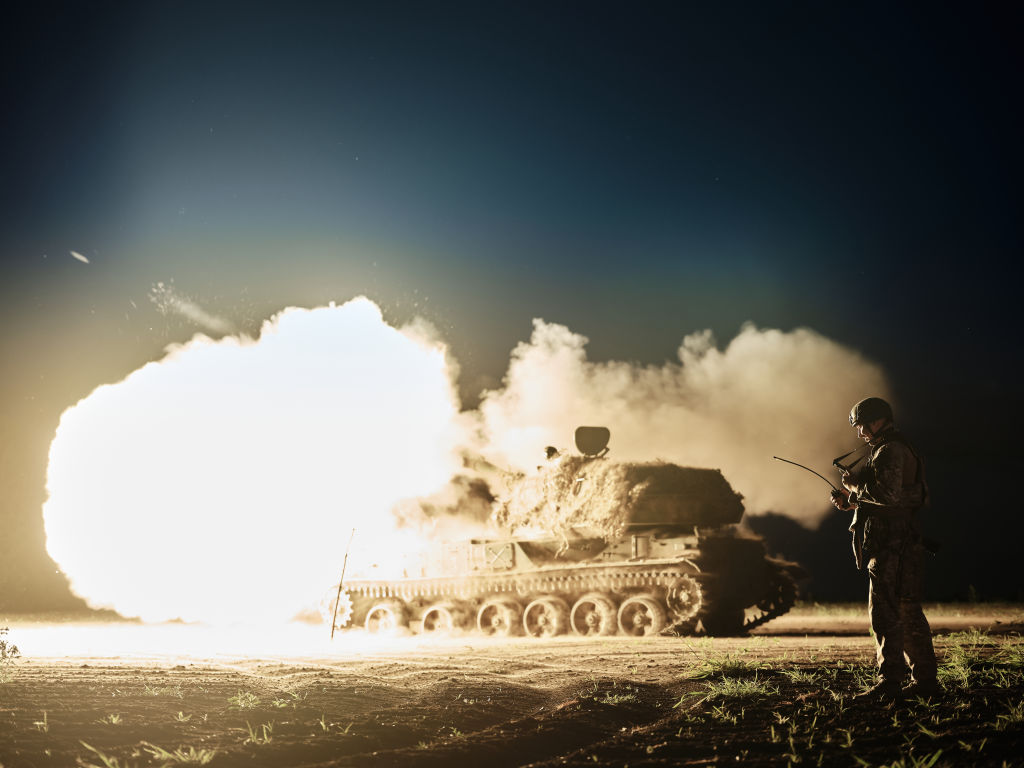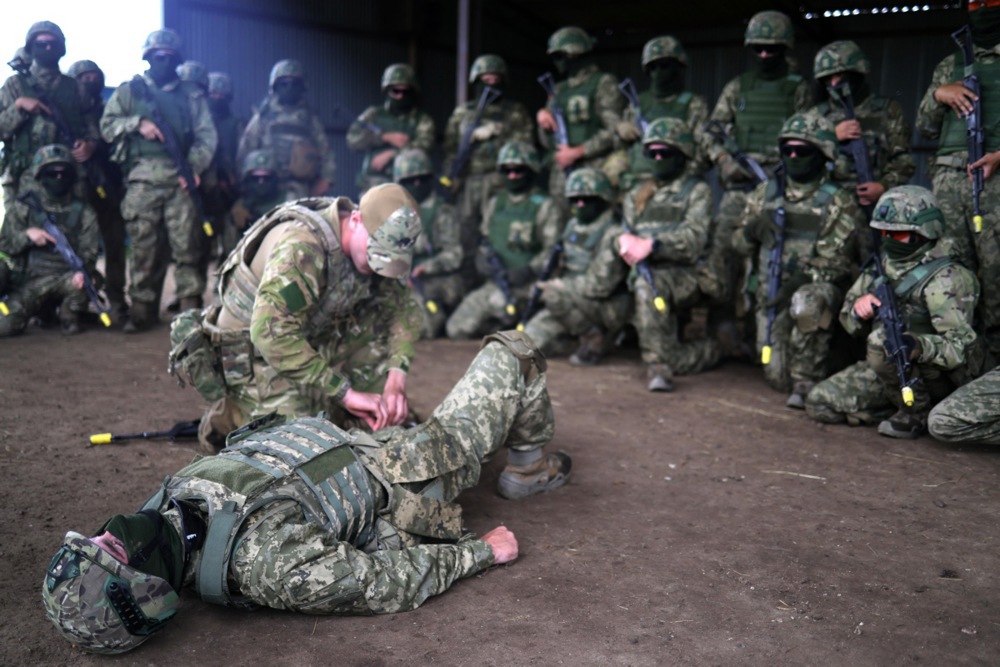The European Union announced on November 14 it had for the first time financed the joint purchase of weapons.
Five cross-border arms projects would receive €60 million each from the EU budget, for a total of €300 million.
Most of the weapons bought by the EU were intended for Ukraine.
“This is the first time that we have used the EU budget to support member states in the joint purchase” of weapons, European Commission Vice-President Margrethe Vestager said in a statement on November 14.
Today we approve funding for 5 projects that will address defence capability gaps in ?? & increase support to ?? with additional defence equipment.
This is the 1st time we use EU budget to support Member States in commonly procuring defence products ?https://t.co/2nl8BuNqAP
— Margrethe Vestager (@vestager) November 14, 2024
The EU had previously financed arms deals for Ukraine, but had done so by creating ad hoc financial instruments which sat outside its budget.
Now, the bloc was instead using part of its actual budget to buy anti-aircraft defence equipment, ammunition and armoured vehicles.
The commission has created the European Defence Industry Reinforcement through Common Procurement instrument (EDIRPA) to purchase weapons.
EDIRPA was a short-term instrument adopted following Russia’s invasion of Ukraine and intended to last until 2025. It provided a mechanism for cooperation on the most urgent defence products.
According to the EU, joint procurement made vital military assets cheaper for each member states’ armed services by providing greater value for money through economies of scale.
Armed forces in member states could also profit from enhanced interoperability thanks to products acquired in bulk, it argued.
Larger contracts, by offering greater predictability in arms procurement, would strengthen the European defence industry, and allow it to adapt its production capacity to Europe’s needs, said the EU.
Common procurement would reinforce defence readiness in EU member states, it said.
In particular, two of the projects aimed to improve Europe’s joint air and missile defence capacities.
One was MISTRAL, a Very Short-Range Air Defence system, or VSHORAD, for protection against such air threats as combat aircraft, attack helicopters, and unmanned air systems.
Another was JAMIE, the Project Joint Air Missile Defence Initiative in Europe, which aimed to support common procurement of fully interoperable IRIS-T SLM air and missile defence systems.
With CAVS, the Common Armoured Vehicle System, the EU aimed to encourage common procurement of modern 6×6 armoured vehicles.
Another project, CPoA supported common procurement of different types of 155 mm artillery ammunition, while HE 155 mm aimed at common procurement of high-explosive 155 mm artillery ammunition.
Up until now, the EU has struggled to help Ukraine and follow through on promises to delivered needed ammunition to the beleaguered nation, leading to frustrations on the part of Kyiv.
Member States had to improvise ad-hoc collaborations to send Ukraine extra ammunition.
Lack of ammunition was seen as a major risk to Ukrainian military efforts, causing battlefield losses. The fall of the strategically important city Avdiivka was ascribed to a Ukraine’s lack of ammunition.
In April year, a spokesman for Josep Borrell, EU High Representative for Foreign Affairs, claimed European arms companies could produce “at least 1.4 million shells” of the 155-millimetre calibre NATO standard by the end of the year.
But an investigative report proved promises by the EU for increased ammunition production to support Ukraine were actually vastly overstated. More realistic estimates put Europe’s total capacity at around 580.000 units per year.
In March 2024, a group of 18 Western countries had to go to international markets instead to find much-needed extra munitions for Ukraine.
Purchasing weapons with the EU’s main budget also could be seen as a break from the EU’s past.
The foundations of the EU appeared after World War II, when European leaders aimed to prevent future conflicts by promoting economic and political cooperation.
Now that cooperation was being used to buy weapons.





